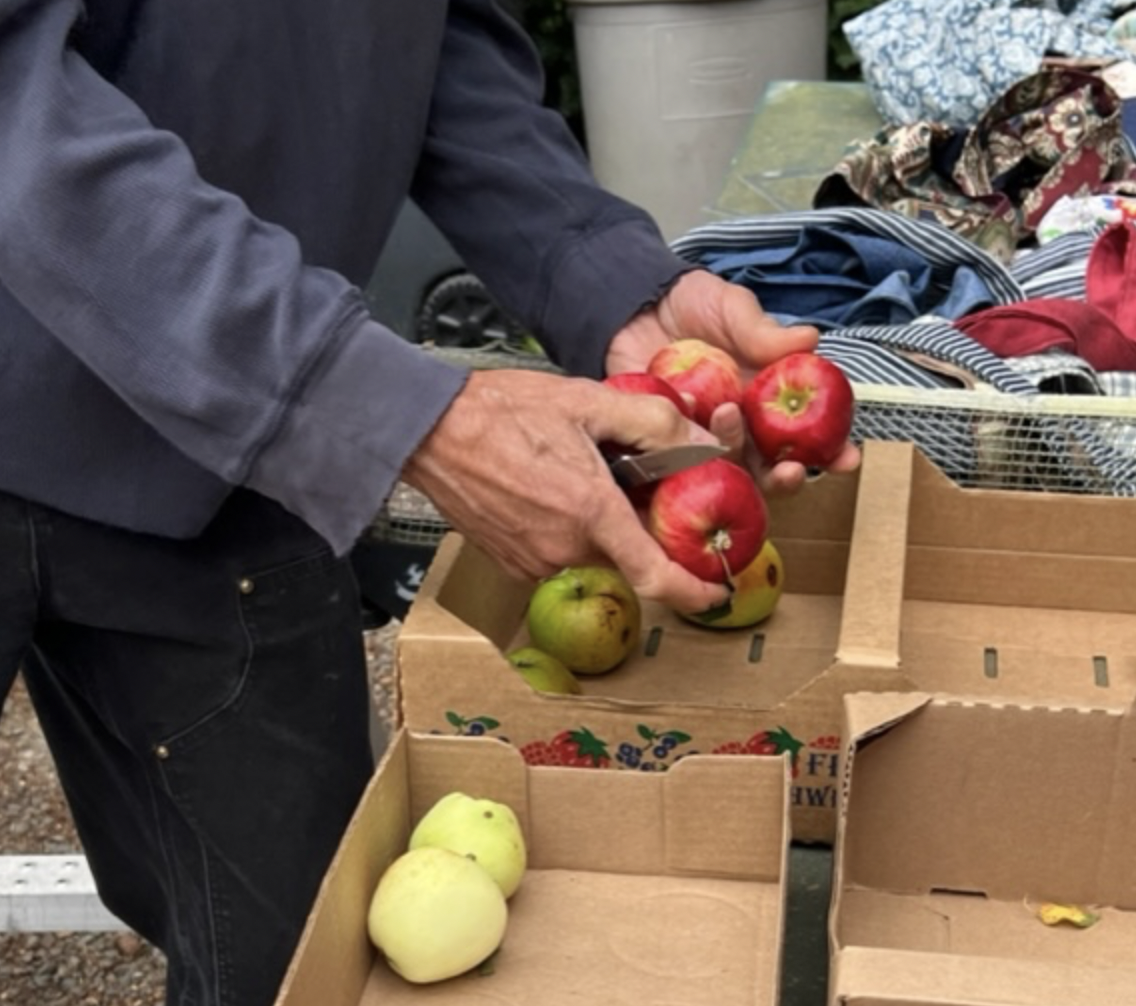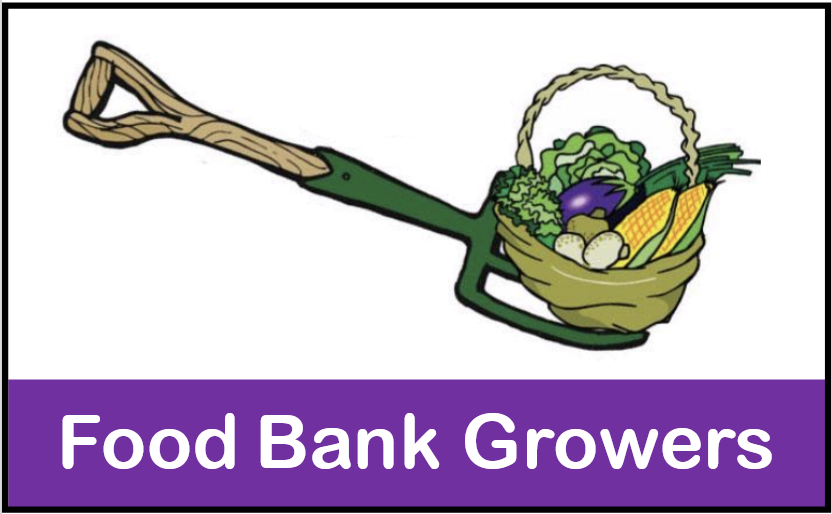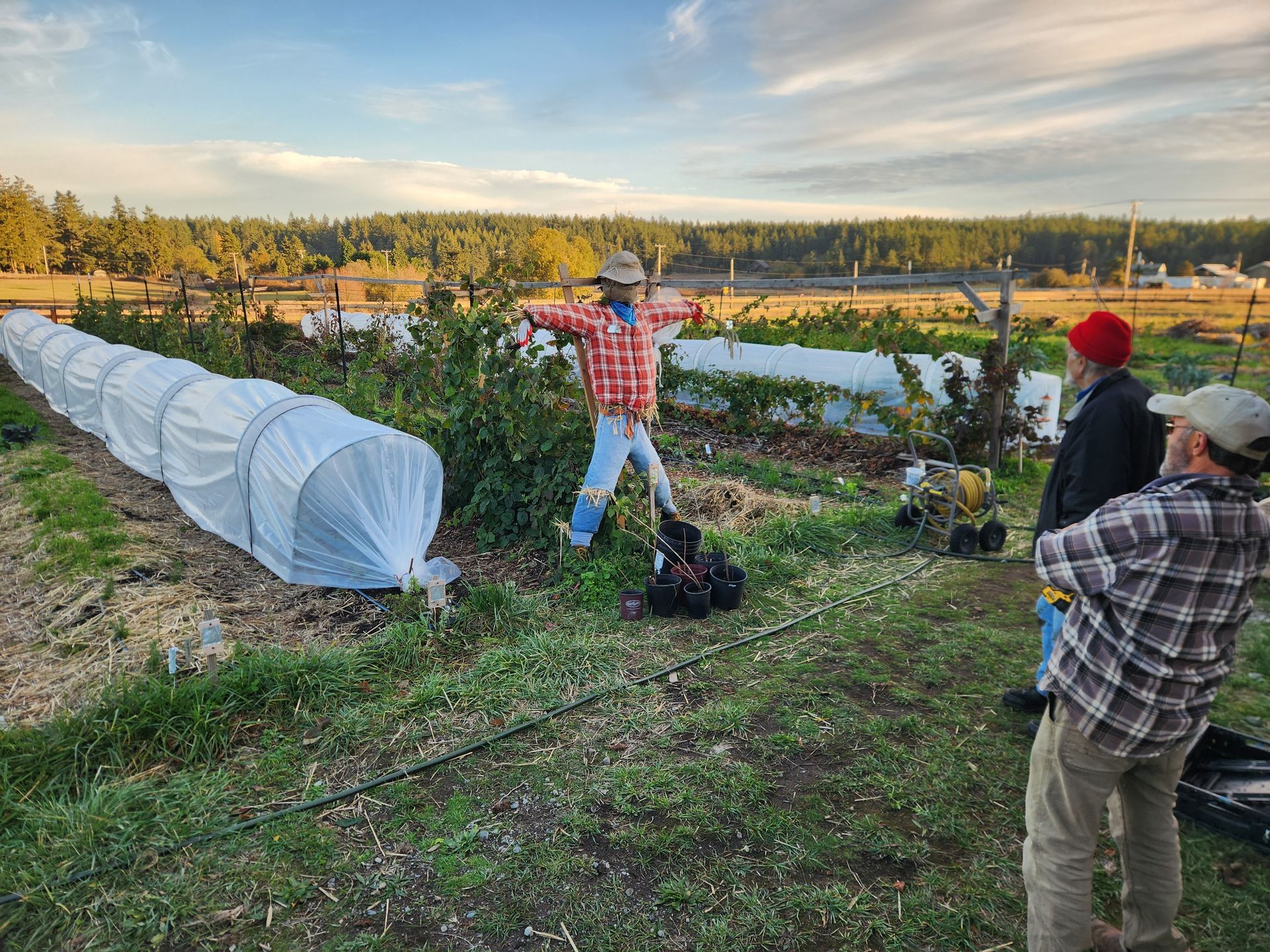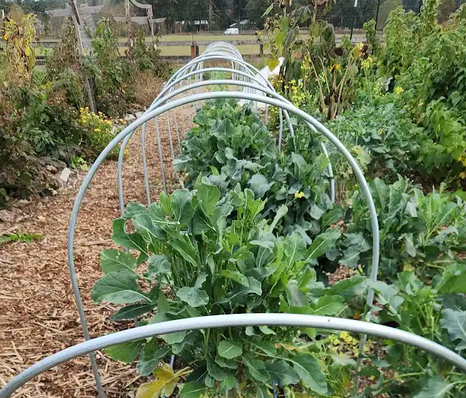When and How to Pick Fruit
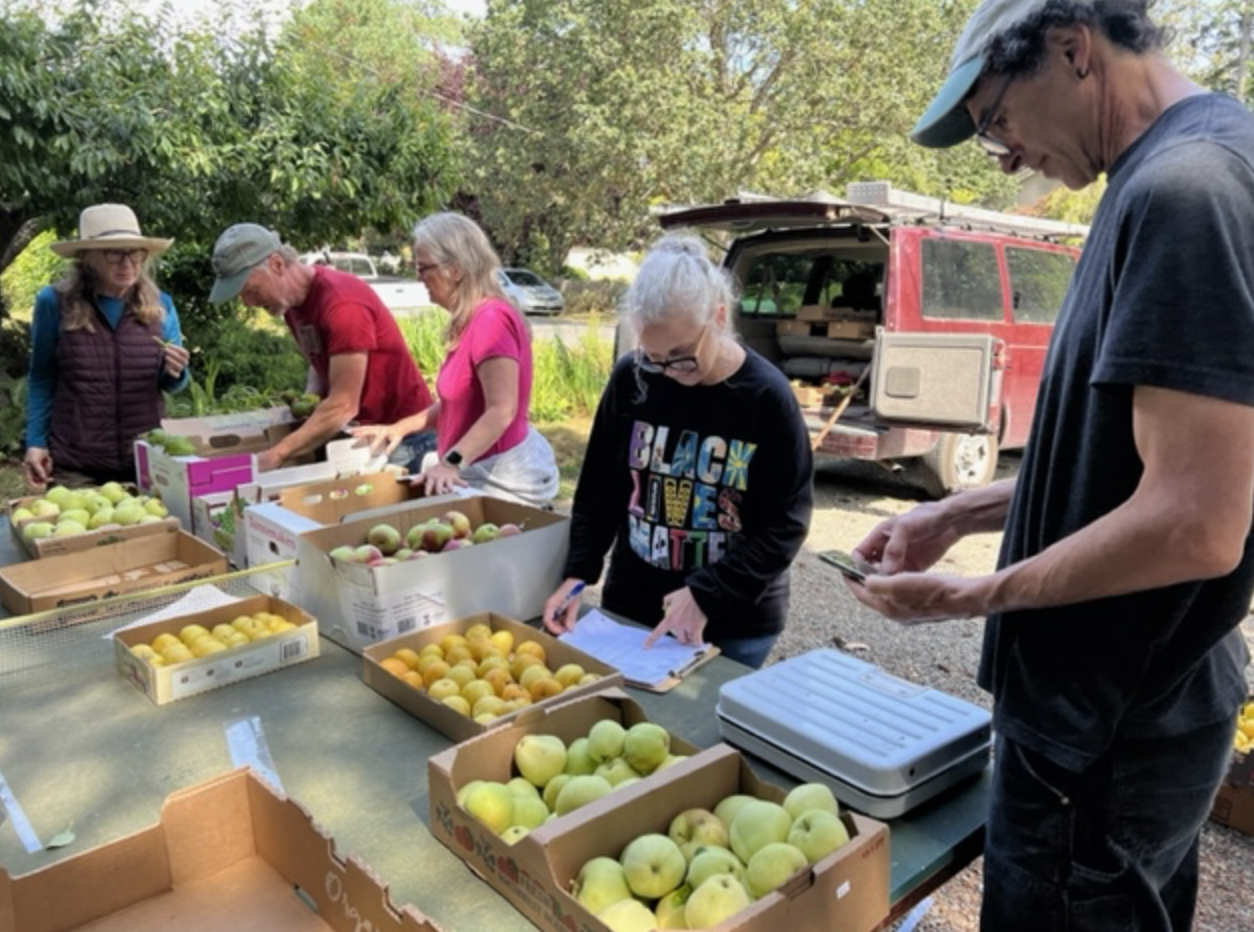
Many Trees are Watched. Few Are Chosen.
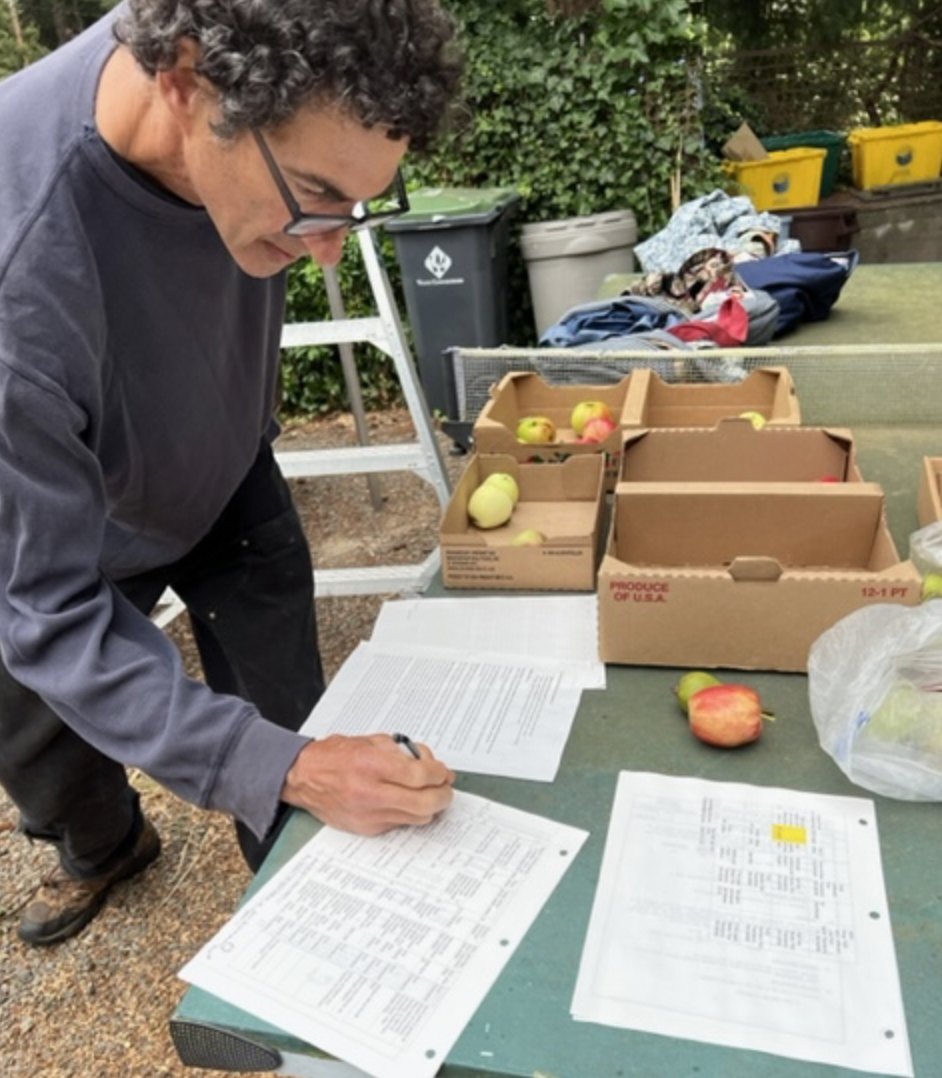
Tree Checking and General Considerations:
- Does the fruit taste good? (except for pears which we pick under ripe)
- Does the fruit look appealing? (unless we're picking for cider or sauce)
- Is there enough to bother? (or should you just pick the few there while checking)
- Is it easy to pick? (tree height, level ground, other hazards)
JUDGING RIPENESS
General Rules: Fruit on the outside of the tree, and on the sunny side will be riper than fruit in the center. Fruit on the ground is much riper and not a good indicator of what's on the tree.
Cherries: should taste good and ripe, these do not ripen off the tree. Check for bug damage (brown on end or in center).
Shiro and other juicy plums: should taste sweet, and not too crunchy, these will ripen off the tree. However, we don't want to pick them when they are too soft and fragile or they'll turn to mush in the box. The ones on the sunny side will be riper. We want to pick when the majority are perfect -- sweet but not too soft.
Italian plums: should taste sweet and a little tart, and not too crunchy, these will not ripen off the tree. We usually need to pick Italian plums twice about 7-10 days apart as they ripen in stages.
Figs: Ideally they should be very soft, but not quite breaking apart in your hand. They should taste sweet and juicy. Usually we pick a fig tree twice, about a week apart as they ripen in stages.
Apples and Asian Pears: Should taste sweet/tart and juicy, not sour and no "chalky" texture. The fruit should come off easily with a lift and twist. Seed should be brown to black. If seeds are white, check again in two weeks, if staring to turn brown, check again in a week. Falling fruit does not mean it is ripe, but if too much is falling it's really nice looking fruit, we can pick and store them for a week or two to ripen up. The will ripen off the tree, but we have very limited storage, so prefer to keep them on the tree until picking when possible. Bugs and Blemishes: Unless we are picking for cider or applesauce, these need to be attractive enough that someone will choose it out of a box to eat it. Look for bug damage, some trees are very buggy. Look for brown flecks around the blossom end or very small holes in the skin. Cut a few open to check.
Pears: These are tricky because we must pick them a little unripe, and ripen them off the tree, or they will turn brown in the middle. One of the best tests is that they should come off the tree with a lift and twist, not a lot of pulling. If they are starting to fall, we are a tiny bit late, and should pick them as soon as possible. You can also feel for a subtle amount of "give" near the stem (that will be the ripest part since they ripen from the center out). Also, you should be able to taste a little bit of sweetness. Seeds should be a little bit white, but starting to turn brown. Bugs and blemishes: these need to be attractive enough that someone will choose it out of a box to eat it. Look for bug damage, some trees are very buggy. Look for brown flecks around the blossom end or very small holes in the skin. Cut a few open to check.
If you want to volunteer to glean,please let us know here.
For more information on thePT Gleaners click here.
Submitted by Kathy Darrow and Suzanne Wilson.
